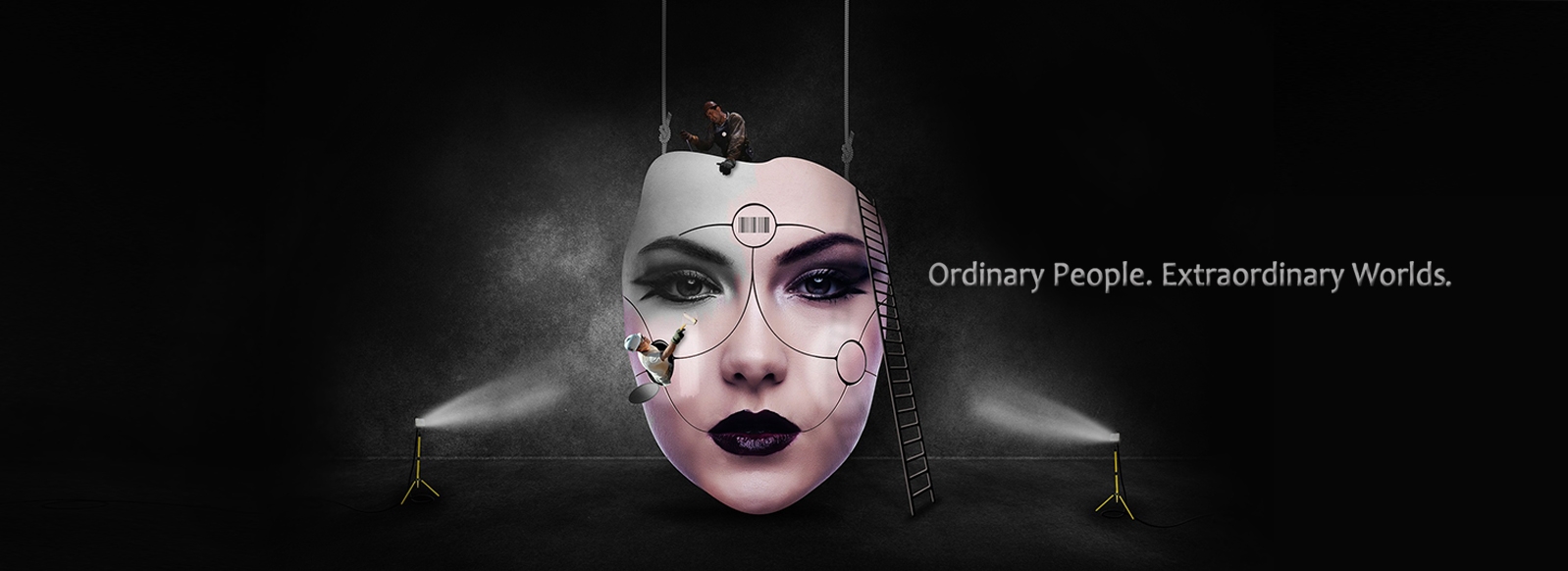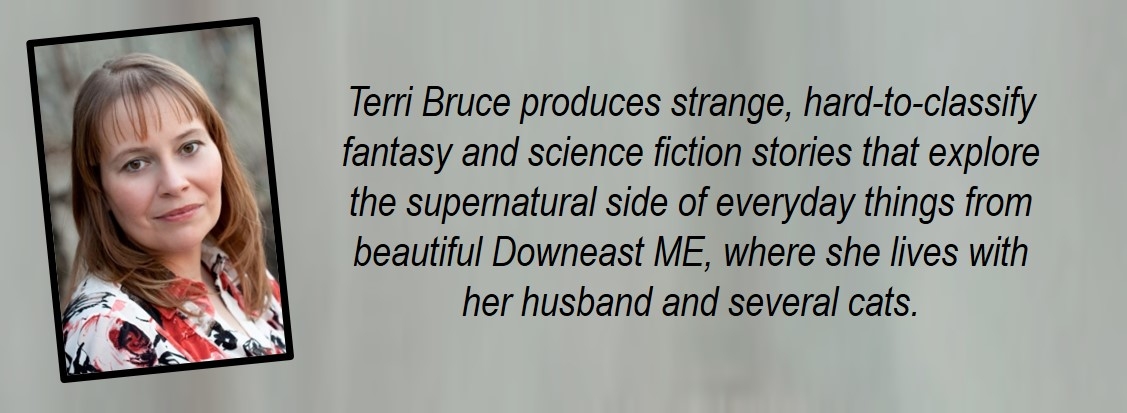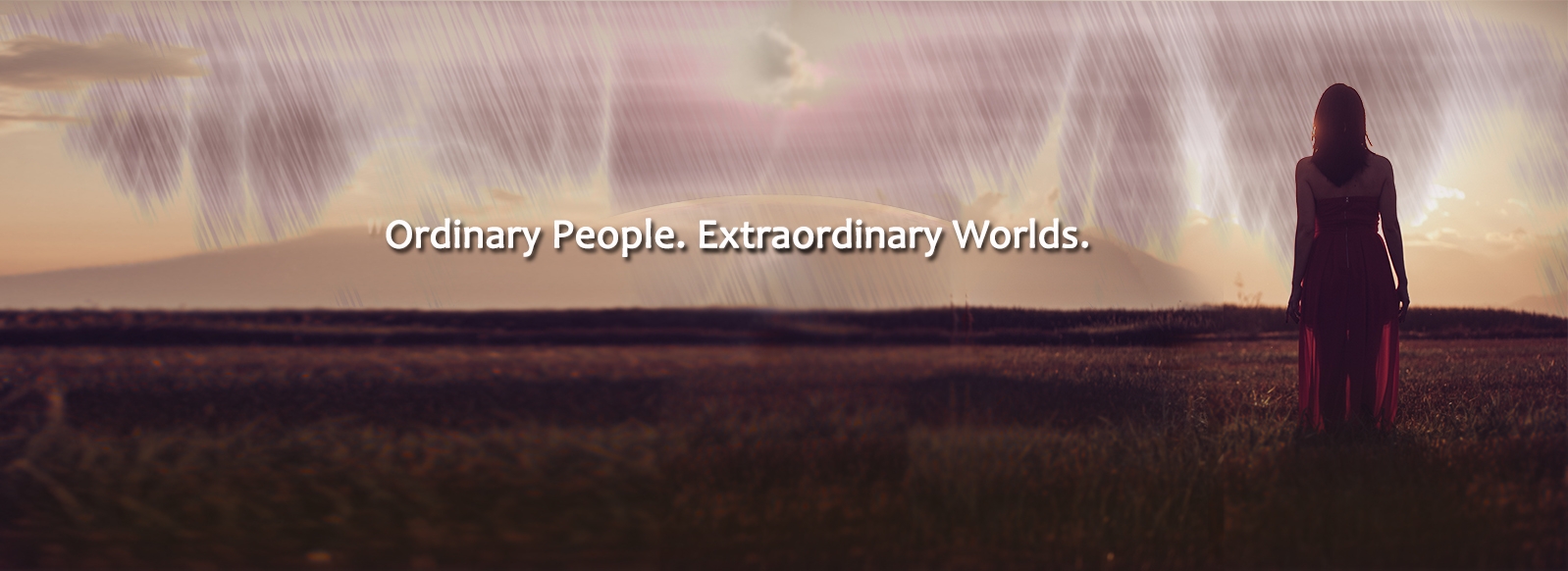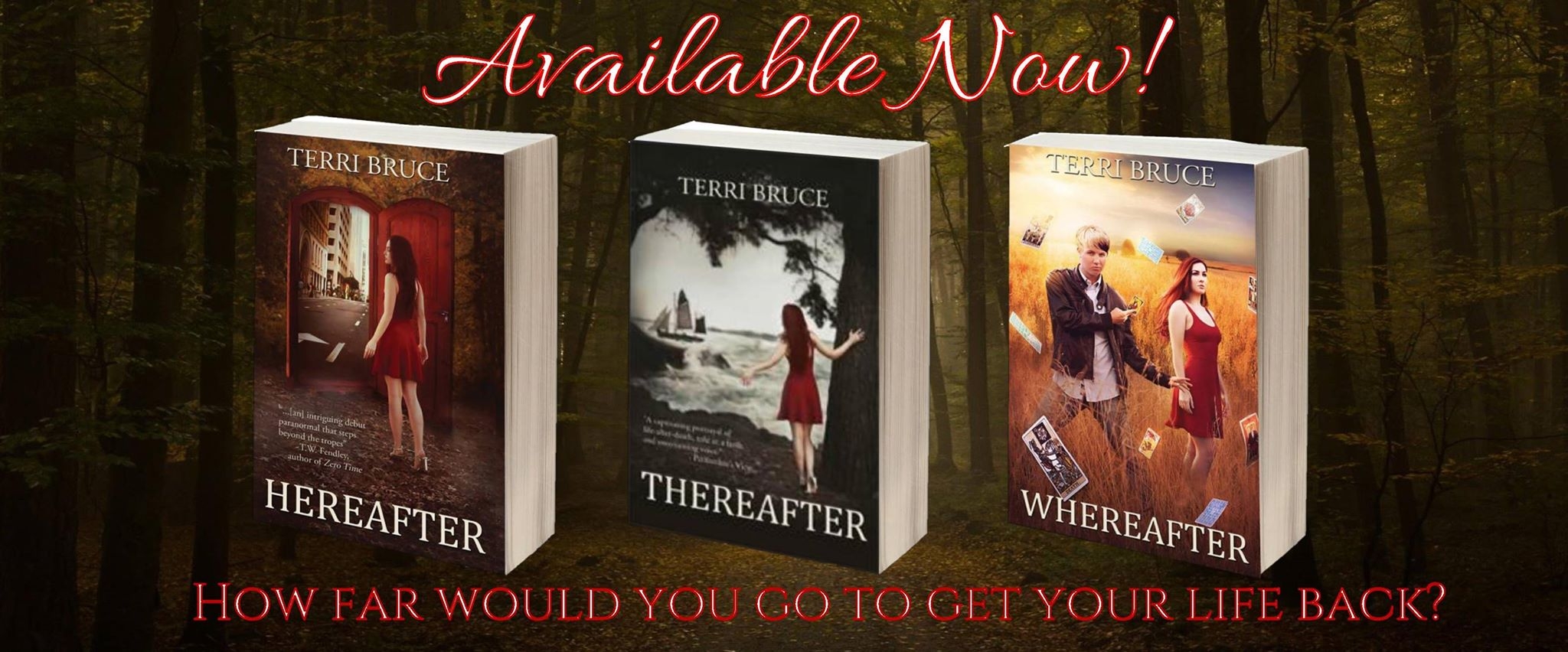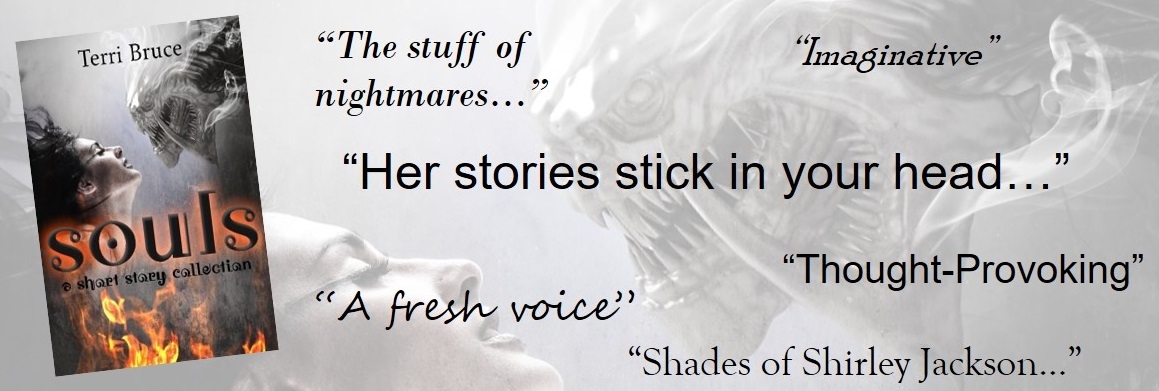Blog: The Business of Art
There comes a time in almost every writer’s life when he or she must choose: do I want to create art or do I want to sell books? Now I’m not saying that “artsy books” don’t sell or that popular, best-selling books are all crap. But there’s a reason why literary and commercial fiction are considered two separate categories. As one commentator sneered, in response to a recent article about a traditionally published author who took the leap into self-publishing after disappointing sales of her first attempt at literary fiction, “Of course she only sold 10,000 copies. It’s literary fiction.”
People (generally writers themselves) assign a lot of value judgment to the choice between art and business. Writers who crank out commercial fiction are derided by other writers as hacks (even though most of those cranking out the books are household names raking in the dough), while, at the same time, authors who write beautiful, masterful stories that no one will publish because they aren’t commercial enough are regarded as failures. It’s a Catch-22. The truth is, a lot of artistically masterful books are commercially unviable (meaning not that they won’t sell any copies, but they won’t sell enough copies). And publishing is, first and foremost, a business. And a lot of good books—and good authors—get passed over because of this.
SAY IT THREE TIMES is one of these. It is not an easy story; it wasn’t an easy one to write and it’s not an easy one to read. It’s a demanding, complex story buried deep under an uncommunicative, unreliable, and often inaccessible narrator. A fellow writer compared the story to James Joyce’s “Ulysses” in terms of narrative complexity and Henry James’s “Turn of the Screw” in terms of atmosphere. A girl could do a lot worse than be compared to two of the great masters, but what he really meant was it’s the type of stuff they force you to read in college, rather than something you pick up to read for fun. And there has been pressure from all sides to make the story more accessible, to change the voice, the point of view, even the plot, in order to make it more commercial. What they are asking is for me to make it a different book. But I love SAY IT THREE TIMES the way it is; I love the way it sounds, the way it feels, and, most of all, I love what it has to say. And so I, like so many authors, had to make a choice: art or business?
In the end, I chose art. I believe in SAY IT THREE TIMES; I believe it’s a good story, an important story that says something people should hear, while at the same time recognizing it’s not the kind of book that will sell a gazillion copies. And I’m okay with that. In the past, choosing art usually meant the book went into a drawer to gather dust. But, now, through the miracle of the internet, I can get my story into the hands of readers. And that’s changing the game for a lot of people—the playing field between art and business is becoming a lot more level and it really is a fair choice now. Sure, there’s some real sludge being put out by self-published authors. But there are also some great gems that wouldn’t see the light of day otherwise. And self-policing infrastructure is sprouting up like weeds in the form of review sites and literary awards for self-published works.
And, so, I urge everyone to take a look around—look for online stories, seek out self-published print and e-books, encourage your local bookstore to carry self-published authors, go to Kickstarter and support book projects. And when you find something you like, be sure to tell others. Because the truth is, self-published doesn’t necessarily mean “crap no one else will publish;” it often means quirky, strange, “indie art-house film” type books that the publishing industry doesn’t want to take a risk on. Which is okay; it’s not the job of business to take risks. That’s for artists to do.
What do you think? Share your thoughts below.

